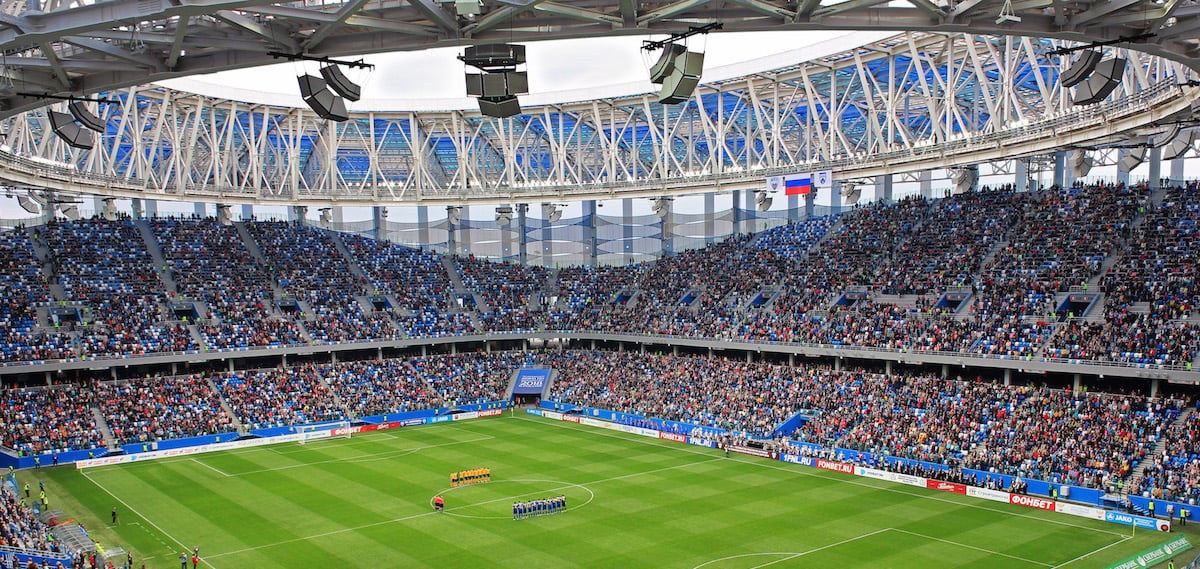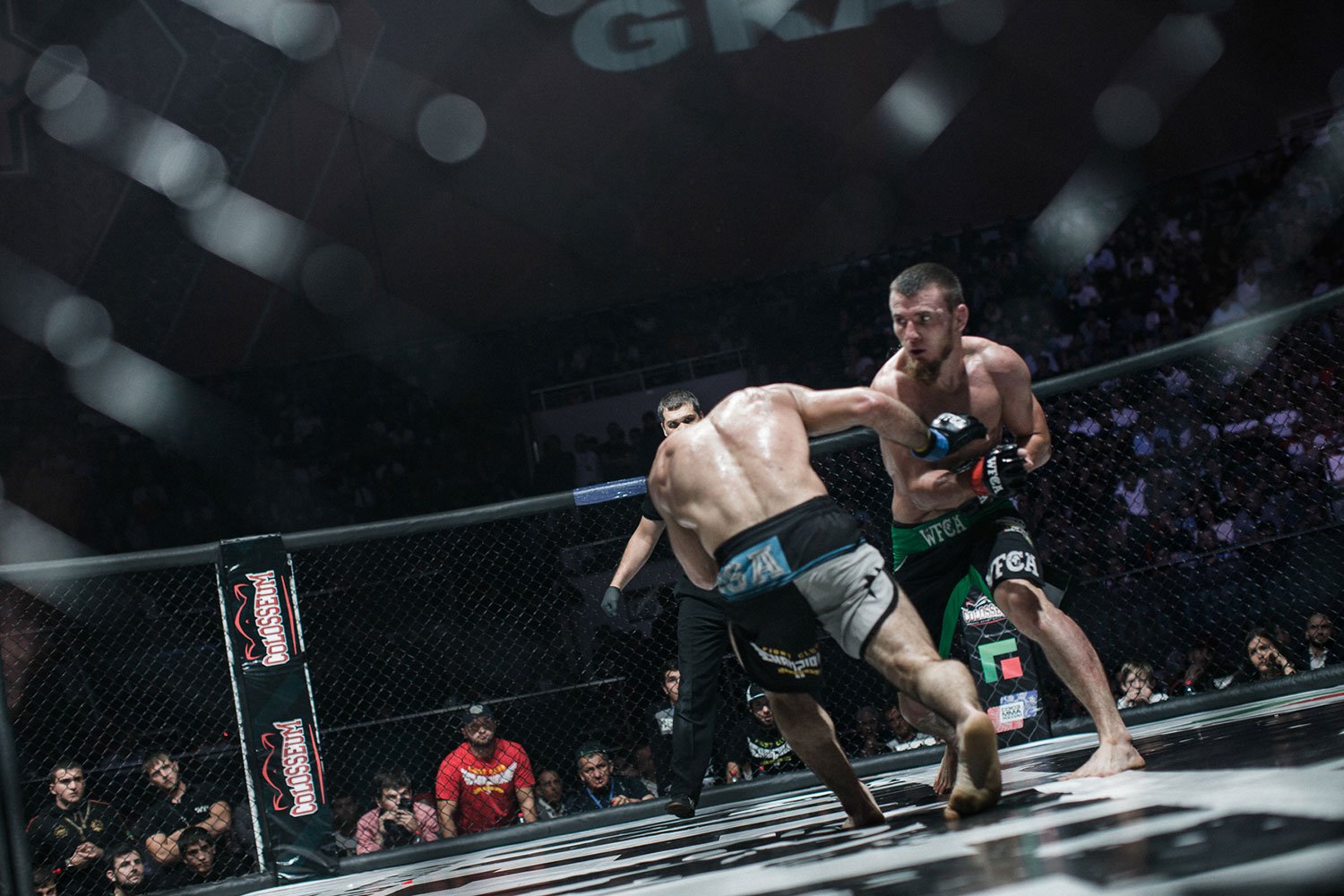How Poland fell for speedway racing
In Poland, speedway is the most popular sport in terms of spectator numbers. Though the first speedway races were held in the early 1930s, the motorsport boomed after the Second World War when there were more motorcycles available than cars.
When motorcycles first tore across the home of speedway, Australia’s NSW Newcastle Rugby Ground (now known as McDonald Jones Stadium), in 1905, Poland was in the midst of a political revolution. It would be 25 years before the motorcycle sport — which involves riders racing on a flat, oval track covered in loose dirt — finally reached Eastern Europe, finding interwar Poland in the grip of the Great Depression.
Yet, it was Poland that fell for speedway like no other nation. Today, the country boasts the world’s preeminent speedway league, Ekstraliga, which far outshines the international Speedway World Championships. In Polish, the sport is known as żużel, which roughly translates to mean “cinders”.
On weekends, packs of 500cc, fixed gear, brakeless bikes burn pure methanol fuel as they churn up the earth broadsiding left, na lewo, to the cheers of a packed stadium. The camera tracks helmets in bright primary colours; when the riders stop, every inch of their livery is stickered with sponsorship logos and mud.
A speedway championship race in Lublin (1983).
When the FIM Speedway World Cup announced its return for 2023, it was no surprise that Poland was selected as the country to host the competition. “People working at the top of Polish speedway have started to cooperate with major sponsors and TV networks, which has led to a much better product for the fans,” Polish 2017 Speedway Grand Prix silver medallist, Patryk Dudek tells me on a call from the northern city of Toruń. “Nowadays, we have amazing sponsors, lots of fans, and great coverage on television. This is why Polish speedway is doing so well, and hopefully it continues.”
Poland’s commercial speedway success is a far cry from the sport’s humble origins: the first small-scale Polish championship final was held in 1932 in the heart of Silesia, Mysłowice, just outside of Katowice. The sport grew in popularity throughout the century, passed down through families, who created memories shrouded in the smell of burnt oil. Nowhere else is speedway such a family affair: a good example of this is Dudek, who has been around speedway from birth. His father Sławomir Dudek spent 13 years riding for Falubaz Zielona Góra, their local team and track. Following in his father’s tracks, Patryk began riding at 8-years-old, and then trained every week until he turned 16 and was old enough to compete. Until this year, when he moved to Toruń, Patryk had raced for the same team as his father for his entire career.
The sport’s popularity was cemented in the early 00s when the Ekstraliga was founded. It is now considered the most popular league in the world, and was attended by a staggering 700,000 fans during the 2019 season. Prior to the 00s, Australia, America, and the United Kingdom dominated the World Championships, and in the 1950s, speedway became one of Sweden’s most popular team sports. Today, the Ekstraliga is where British and American riders hope to compete, with the World Championships coming second in terms of importance.
International talents such as the American Greg Hancock, four-time Speedway World Champion, who rode for Rzeszow until 2019, have invariably found a home in the Polish league. Another example is British rider and three-time Speedway World Champion Tai Woffinden, who rides for WTS Sparta Wrocław.
During the communist era, speedway events were organised by the state and held on Sundays in large, purpose-built stadiums. This is, in part, one of the reasons for the sport’s vast success in Poland: the Poles had access to better quality facilities than anyone else in the world. Though the sport thrived in 70s and 80s Britain, the infrastructure there was never up to scratch.
Lublin speedway poster (1994).
In Britain, speedway has always been a business, meaning that clubs are forced to rent the tracks every time they want to race. As a club owner, your job is essentially that of a promoter. Club owners put on a race, generate ticket sales, sponsors, and maybe a TV deal, and that pays for the facility. Because the system worked this way, despite 50 years of success, money was never invested back into stadiums, whether for maintenance or luxuries such as better seats. Now the land on which the stadiums stand has become more valuable for owners, who either sell it off or raise the rents.
In comparison, Polish cities own their stadiums and the land, a hangover from the communist period when infrastructure was state-owned. Consequently, the grounds are unlikely to be sold and the sport is used to promote the city. For a young person wanting to get into speedway, all you have to do is approach your local club and ask for track time; if you’re good, the club will stick with you and nurture your talent. “We have dedicated speedway cities in Poland. Toruń, my home track, has arguably the best stadium in the world”, says rider Pawel Przedpelski. What’s more, local councils often attach themselves to clubs to bolster their chances of re-election. It is not uncommon for club owners to be former mayors or councillors.
Aside from the 1973 World Championship, which was won by Polish rider Jerzy Szczakiel, compared to Australia and the US, Poland got off to an inauspicious start in the sport. Speedway was immensely popular in Poland in the 60s and 70s, even though they weren’t very successful on the international stage.
Pawel Przedpelski broadsiding left to the cheers of a packed stadium.
Today, there are no shortage of role models in Poland. Bartosz Zmarzlik, born in Szczecin, was crowned World Champion two years in a row, in 2019 and 2020. For young Poles wanting to get into speedway the route usually involves starting out on a smaller bike and then contacting a club. Ekstraliga rules state that each club must have at least two juniors on the team. The clubs fund their engines, bikes, and travel costs. This supportive environment is unique to Poland, and ensures a fresh stream of talent rising to the top. Unlike in Britain, where speedway is falling in popularity among young people, in Poland there is no generation gap at events. “The 18-30s are absolutely fanatical in Poland,” speedway journalist Peter Oakes tells me.
Before the pandemic, hundreds of people would fly to Poland from Britain to watch the speedway. Now, the sport is on the cusp of entering the mainstream. “Speedway is growing every season here in Poland”, says Przedpelski, “there is a lot to look forward to”.
This optimism is backed up by Francois Ribeiro, head of Eurosport events, who has claimed that a new licensing deal will promote the sport to 100 million homes in the next three years. With new audiences being drawn to motorsport, have we seen the heyday of Polish dominance in speedway? Or will Poland continue to pave the way for speedway?


